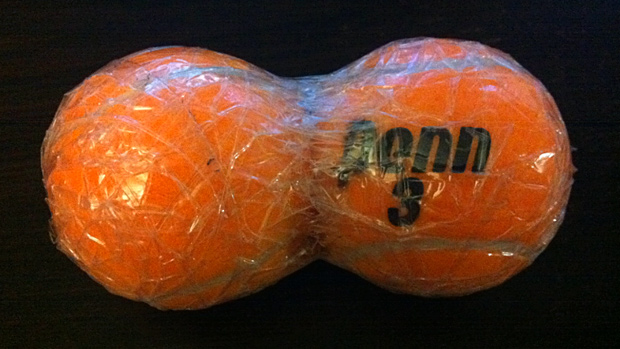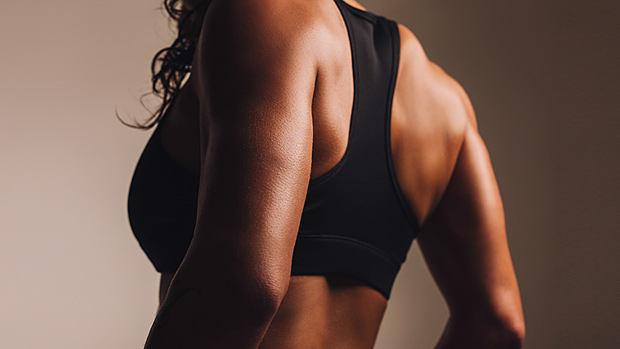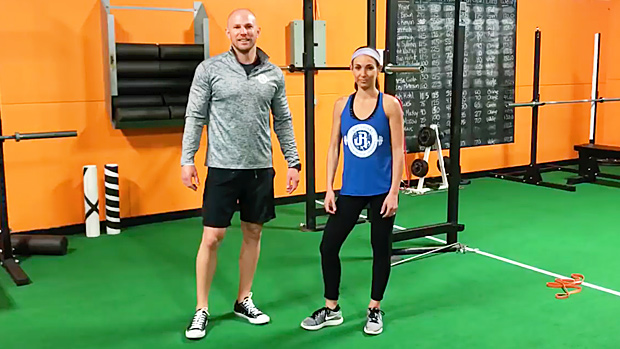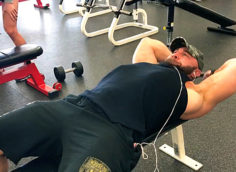Self-Treating Back Pain
One of the most common areas people try to self-treat is the lower back. This is either done with something like a lacrosse ball or a two tennis balls taped together (a "peanut").
While the spine has the ability to be mobile in the three cardinal planes of movement, a majority of lower back pain is caused by the instability throughout segments of the spine and the stabilizing musculature surrounding the spine.
There's an assumption that all pain and soreness are caused by the same problems. Since the lacrosse ball on the bottom of the feet helps with plantar fascia, the ball must work for alleviating pain and soreness in the lumbar spine as well, right? Not quite, and here's why.
The spinal column is stabilized segmentally by small and intricate musculature called multifidus and rotatores. These structures are technically musculature because they can create mechanical tension, but really, they act as proprioceptors that sense changes in relative joint-by-joint stability, and also increased pressure and strain through segments. As these muscles become stimulated, they become quickly tightened and painful as a protective mechanism for your spine.
While the thoracic spine is a viable area to place a peanut or foam roller due to an area of the vertebra called the spinous process being at a specific angle that is protective over the sensory heavy multifidus being unwarrantedly stimulated, the lumbar spine's spinus processes in combination with the transverse processes differ.
When treating the areas locally with lacrosse or tennis balls, this angle makes the lumbar segmental stabilizers and sensory structures more susceptible to being set off. People try to self-treat and hurt themselves in the process, creating a vicious cycle of pain and dysfunction.
The Fix: 3-Way Plank Progression
If your lower back pain keeps getting flared up, it's most likely a lack of stability rather than a lack of mobility. Adding more mobility to an already hyper-mobile and instable area is a recipe for disaster.
One of the most effective ways to create stability through the pillar (shoulders, hips, core) and maintain long-term movement pattern reeducation, is through this plank progression. This 3-way plank series includes the RKC plank and side plank, which increase stability through the four layers of the abs, iliopsoas, lateral hip group, and quadratus lumborum.





